Multi-dimensional art: Wallpaper* meets Flying Cities creator Tomás Saraceno

The Argentinian-born, Berlin-based Tomás Saraceno is one of few contemporary artists to have NASA studies, collaborations with the MIT and a co-published scientific paper alongside exhibitions at MoMA, Hamburger Bahnhof and Palais de Tokyo in his portfolio.
Says French philosopher, sociologist and anthropologist Bruno Latour, 'Rare are the artists who have published papers with scientists because the science they had to feed on was too limited! To extend the frontier of art, Tomás first had to push the frontier of [...] science.' Indeed, Saraceno was the first person to have ever digitally scanned a spider's web. 'When a scientist says that the universe is like a three dimensional spider web, at least we now have the possibility to compare these two models in a more informed way,' he explains.
These two dimensions – the minuscule and the cosmic – fascinate Saraceno. He plays with them at a new show, 'Aerocene', at Esther Schipper gallery in Berlin, running until 28 May. The main works involve spiders, spider webs and non-fossil fueled flying objects. Wallpaper* met Saraceno to discuss cosmic dust, floating cities and the differing requirements of collaborating with scientists and spiders...
W*: One of your installations involves a live spider, its web and cosmic dust (that is, dust from space containing oxygen, sodium and carbon). Tell us about it.
TS: It's a spider who is playing its own web with cosmic dust – the spider, called Nephila senegalensis, is like a musician and the web is a harp. When the web moves, the dust starts to move as well. We have very sensitive sensors that pick up these vibrations and amplify them on a speaker. I'm playing with the threshold of what you can see and cannot hear.
Each animal builds reality through their own sensory perception. We can only see the spectrum of colours from here to here. In this case, the spider has built its web but she is blind and deaf from our perspective. But she sees through the web. Spiders are one of the most sensitive animals in the world who can pick up vibration.
After seeing my exhibition, Bruno Latour said he would stop sweeping the spiders. I hope that very simple art can bring things from the background in the foreground and then you can become more sensitive to other species and maybe you can live together, even in the same house. We are part of this huge ecosystem and we can't survive alone on this planet.
Do you have them in the house?
Yes, we have many, always.
And you never kill them?
No. Why? (laughs) I think that for many people where nature starts and where it ends is problematic; they want to go into nature but they can't accept nature in their homes.
Could you tell me more about how you collaborate with scientists?
I'm in a dialogue with MIT and other scientists to think how art can push the boundaries of science. I've been the first person in the world to scan a spider web, which was not done before. We, artists, can be cutting edge in many experiments. I'm tired of this idea that art is not as relevant as science. - artists can contribute to science science can contribute to art.
We worked together on the spider projects and on the flying city – building cities in the sky. Together with the diverse institutions and disciplines, we are researching alternative ways of travelling around the world without using fossil fuels. The Aerocene D-O AEC air-fuelled sculpture already successfully carried passengers without any use of propane for nearly three hours. This recent experiment at the White Sands National Monument in New Mexico achieved the world record for the first and the longest purely solar-powered certified [flight].
Is it not much slower?
The average speed inside a jet stream is 200 km per hour. It's like a free highway. All these winds, energies, potentialities are already around the world. Let’s open a new airline, with zero emissions.
Finally, how do you think about your Flying City projects?
It is a utopia but if we understand how planet Earth is lifted in the air and we explore other kinds of energy another form of life may be possible here – like the Flying City.
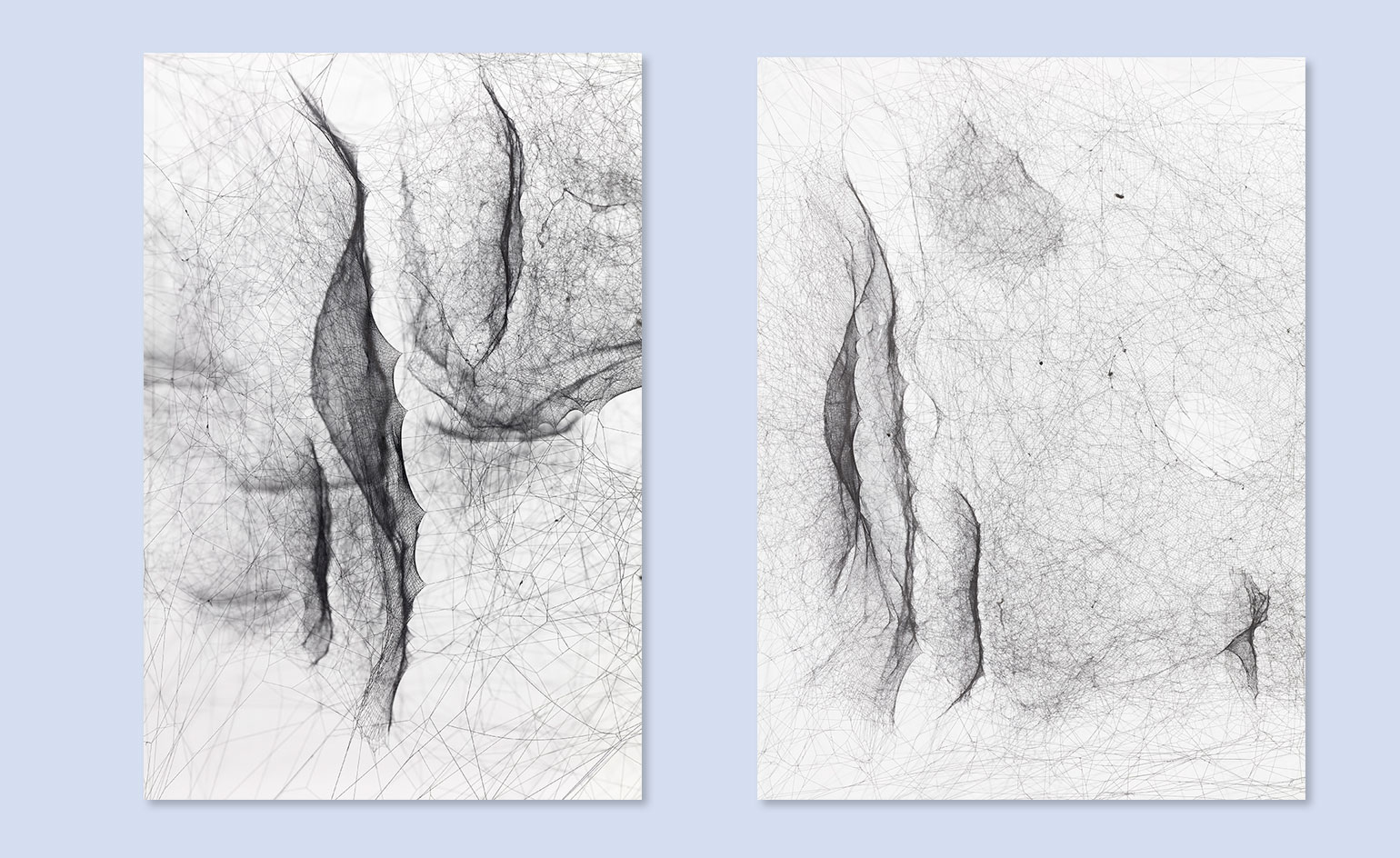
The show's main works involve spiders, spider webs and non-fossil fueled flying objects. Pictured left: Hybrid Solitary Semi-Social Instrument ESO 146-IG 005: Three Cyrtophora Citricola – Three Weeks, 2015. Right: Hybrid Solitary Semi-Social Instrument ESO 146-IG 005: One Tegenaria Domestica – Ten Weeks, 2015
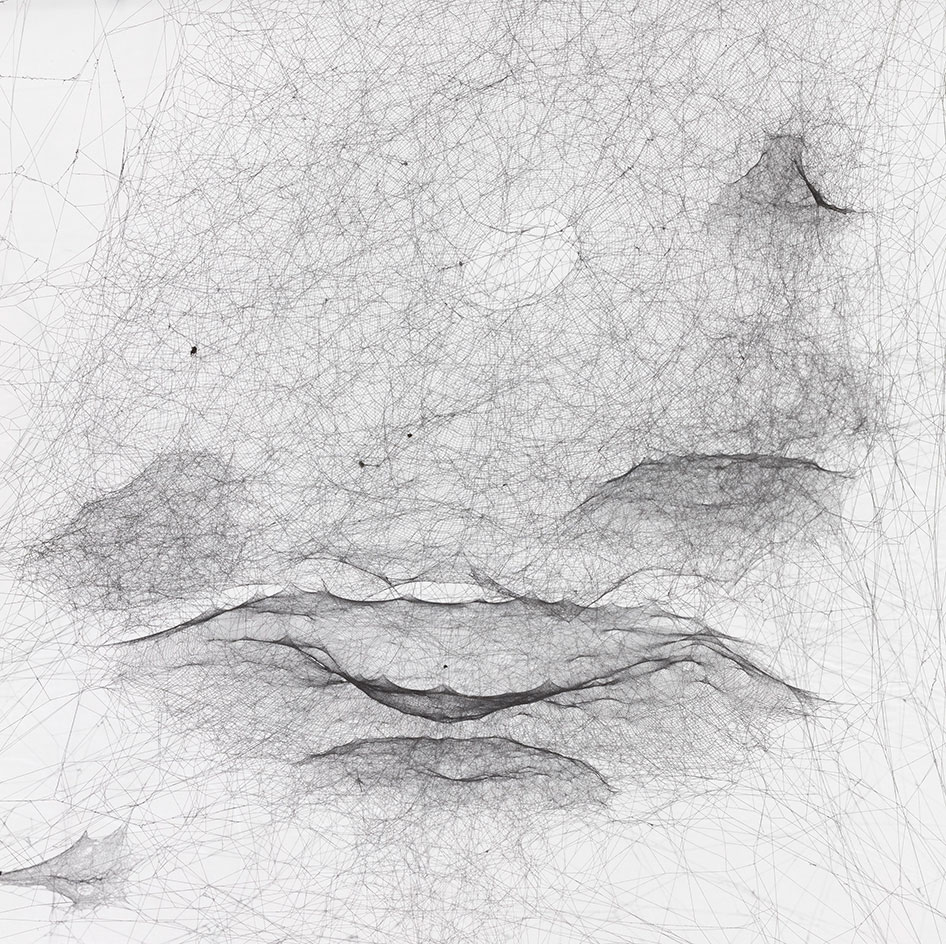
Saraceno is one of few contemporary artists to have NASA studies, collaborations with the MIT and a co-published scientific paper alongside exhibitions at MoMA, Hamburger Bahnhof and Palais de Tokyo in his portfolio. Pictured: Hybrid Solitary Semi-Social Instrument ESO 146-IG 005: One Cyrtophora Moluccensis – Two Weeks, 2015

'It's a spider who is playing its own web with cosmic dust – the spider, called Nephila senegalensis, is like a musician and the web is a harp,' explains the artist of his Archno Concert. Pictured: Arachno Concert With Arachne (Nephila senegalensis), Cosmic Dust (Porus Chondrite) and the Breathing Ensemble, 2016
INFORMATION
’Aerocene’ is on view until 28 May. For more information, visit the Esther Schipper website
Photography: Andrea Rossetti. Courtesy the artist and Esther Schipper, Berlin
ADDRESS
Esther Schipper GmbH
Schöneberger Ufer 65
D-10785 Berlin
Receive our daily digest of inspiration, escapism and design stories from around the world direct to your inbox.
-
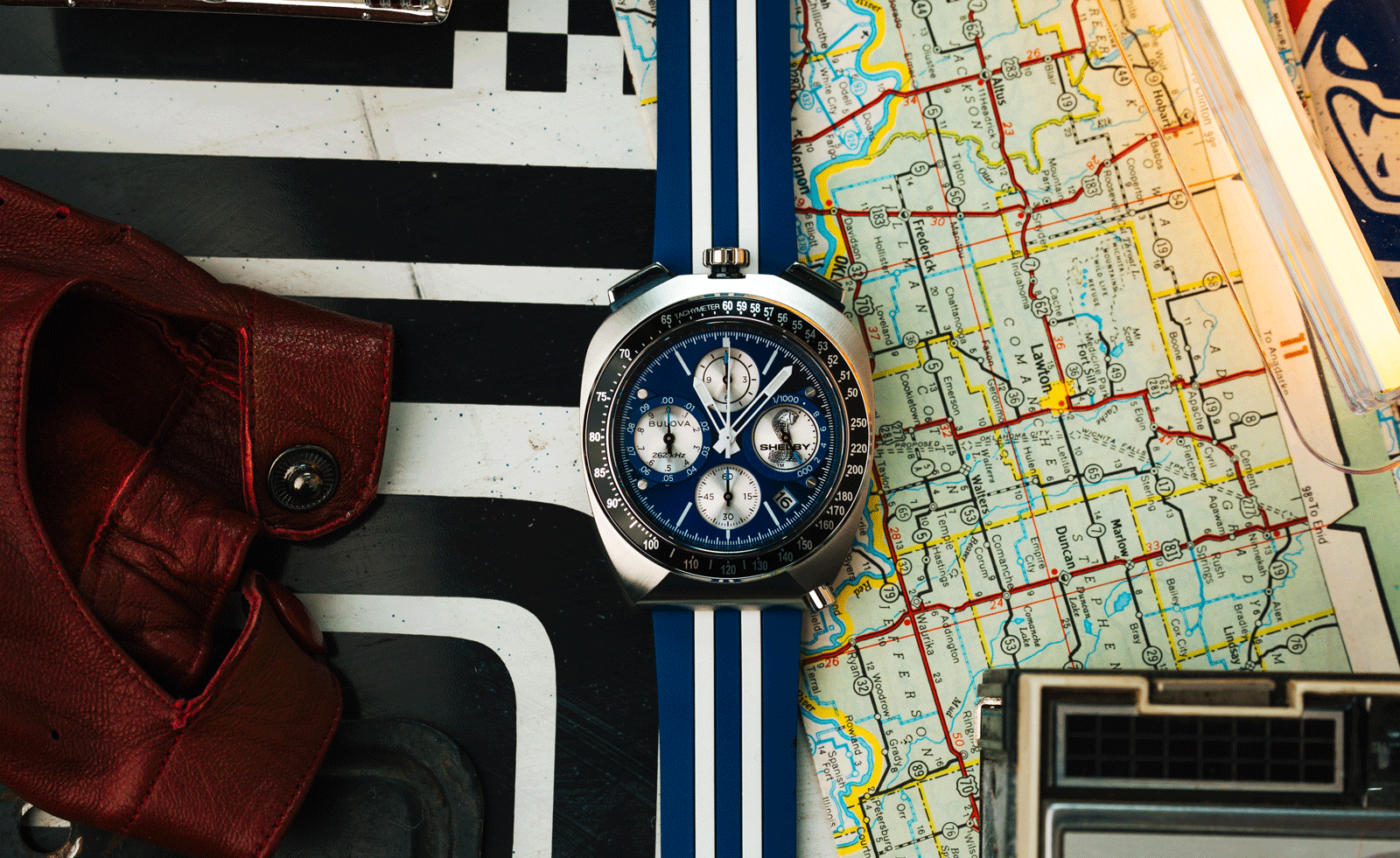 The return of the bullhead: the watch design that refuses to conform
The return of the bullhead: the watch design that refuses to conformLittle known outside of watch circles, but enthusiastically collected within them, bullhead watches have always been divisive. Identified by the crown at 12 o’clock, it made design sense – no digging into the wrist, allowing easier function as a stopwatch - but remains a speciality. But now, the bullhead is back
-
 Tour Peridot, Hong Kong’s hypnotic new bar
Tour Peridot, Hong Kong’s hypnotic new barLocated on the 38th floor of The Henderson, Studio Paolo Ferrari’s latest project is a study in ‘light, refraction, and intimacy’
-
 Lighting designer Andi Watson on creating Mitski’s sculptural stage for 'The Land'
Lighting designer Andi Watson on creating Mitski’s sculptural stage for 'The Land'In Mitski’s live show and new concert film, a single beam of light becomes her dance partner. Lighting designer Andi Watson discusses turning shadow, movement and restraint into the architecture of feeling
-
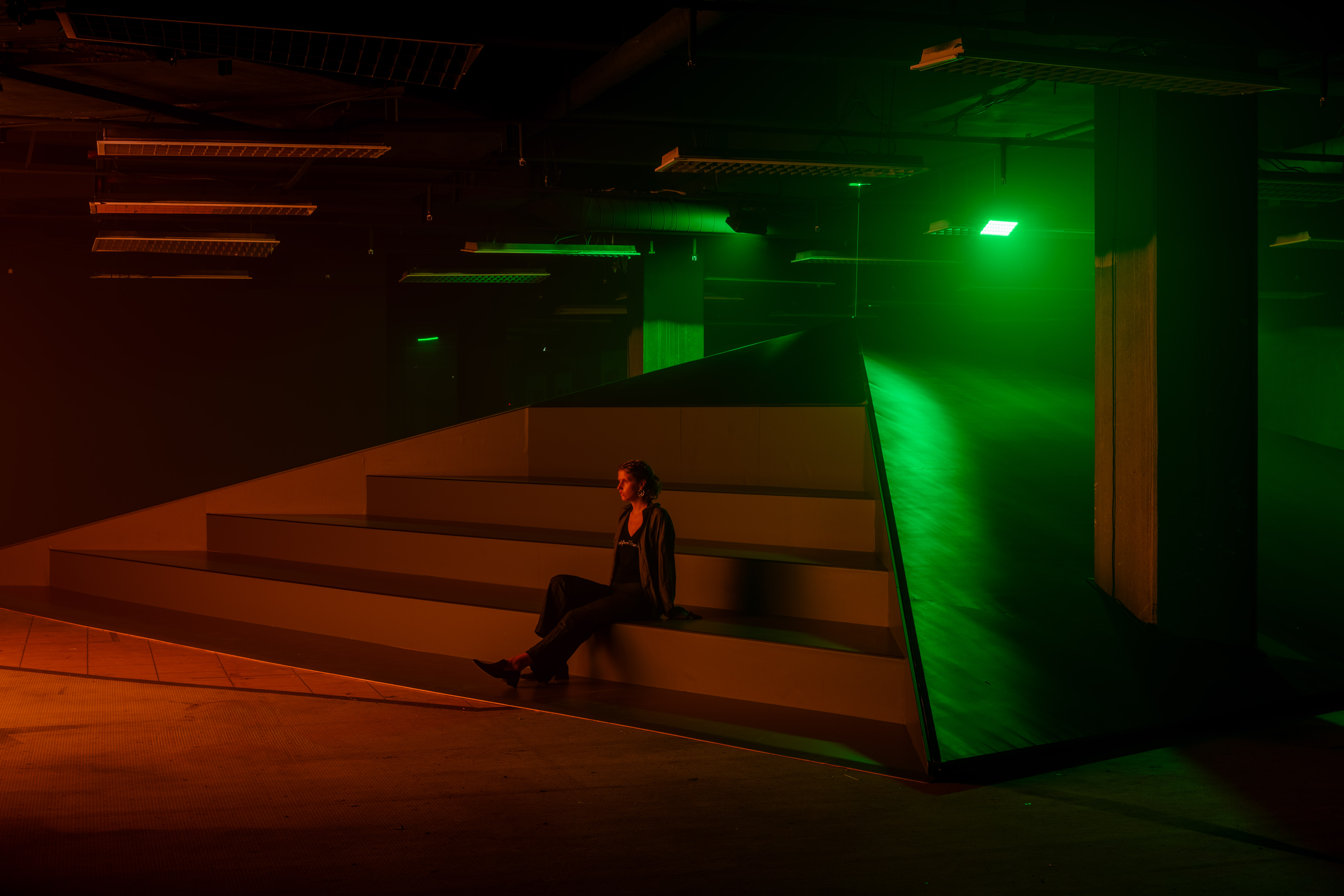 'There is no way light and darkness are not in exchange with each other': step inside Christelle Oyiri’s sonic world in Berlin
'There is no way light and darkness are not in exchange with each other': step inside Christelle Oyiri’s sonic world in BerlinIn an explosion of light and sound, Christelle Oyiri explores celebrity, mythology and religion inside CANK, a former brutalist shopping centre in Berlin’s Neukölln
-
 What's the story with Henni Alftan’s enigmatic, mysterious paintings? The artist isn’t saying
What's the story with Henni Alftan’s enigmatic, mysterious paintings? The artist isn’t sayingParis-based artist Henni Alftan's familiar yet uncanny works are gloriously restrained. On the eve of a Sprüth Magers exhibition in Berlin, she tells us why
-
 Rolf Sachs’ largest exhibition to date, ‘Be-rühren’, is a playful study of touch
Rolf Sachs’ largest exhibition to date, ‘Be-rühren’, is a playful study of touchA collection of over 150 of Rolf Sachs’ works speaks to his preoccupation with transforming everyday objects to create art that is sensory – both emotionally and physically
-
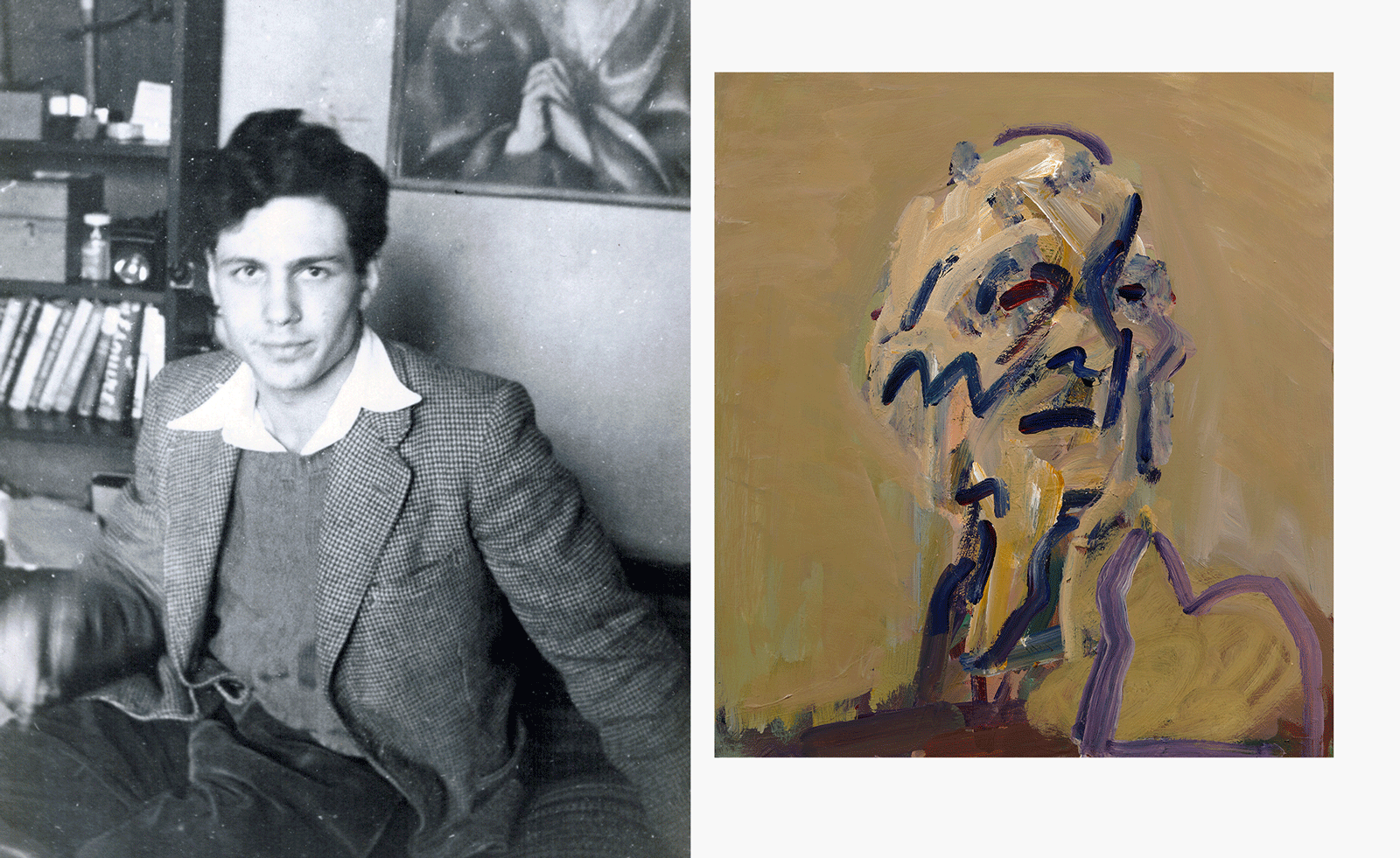 A posthumous exhibition in Frank Auerbach's home city of Berlin celebrates the work of the figurative painter
A posthumous exhibition in Frank Auerbach's home city of Berlin celebrates the work of the figurative painter‘Frank Auerbach’, on until 28 June at Galerie Michael Werner, Berlin, marks the first time the artist's work is shown in the city where he was born
-
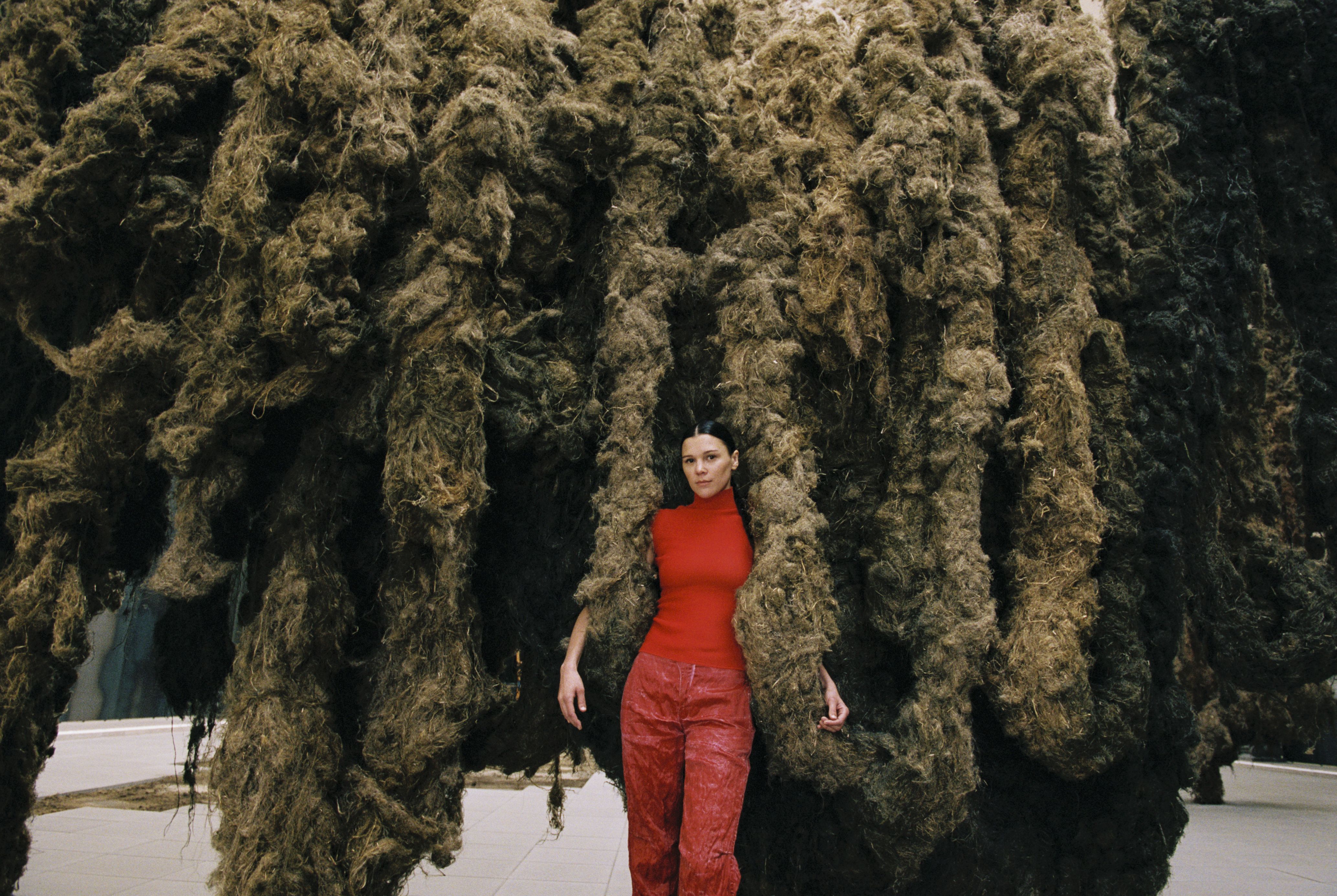 Klára Hosnedlová transforms the Hamburger Bahnhof museum in Berlin into a bizarre and sublime new world
Klára Hosnedlová transforms the Hamburger Bahnhof museum in Berlin into a bizarre and sublime new worldThe artist's installation, 'embrace', is the first Chanel commission at Hamburger Bahnhof
-
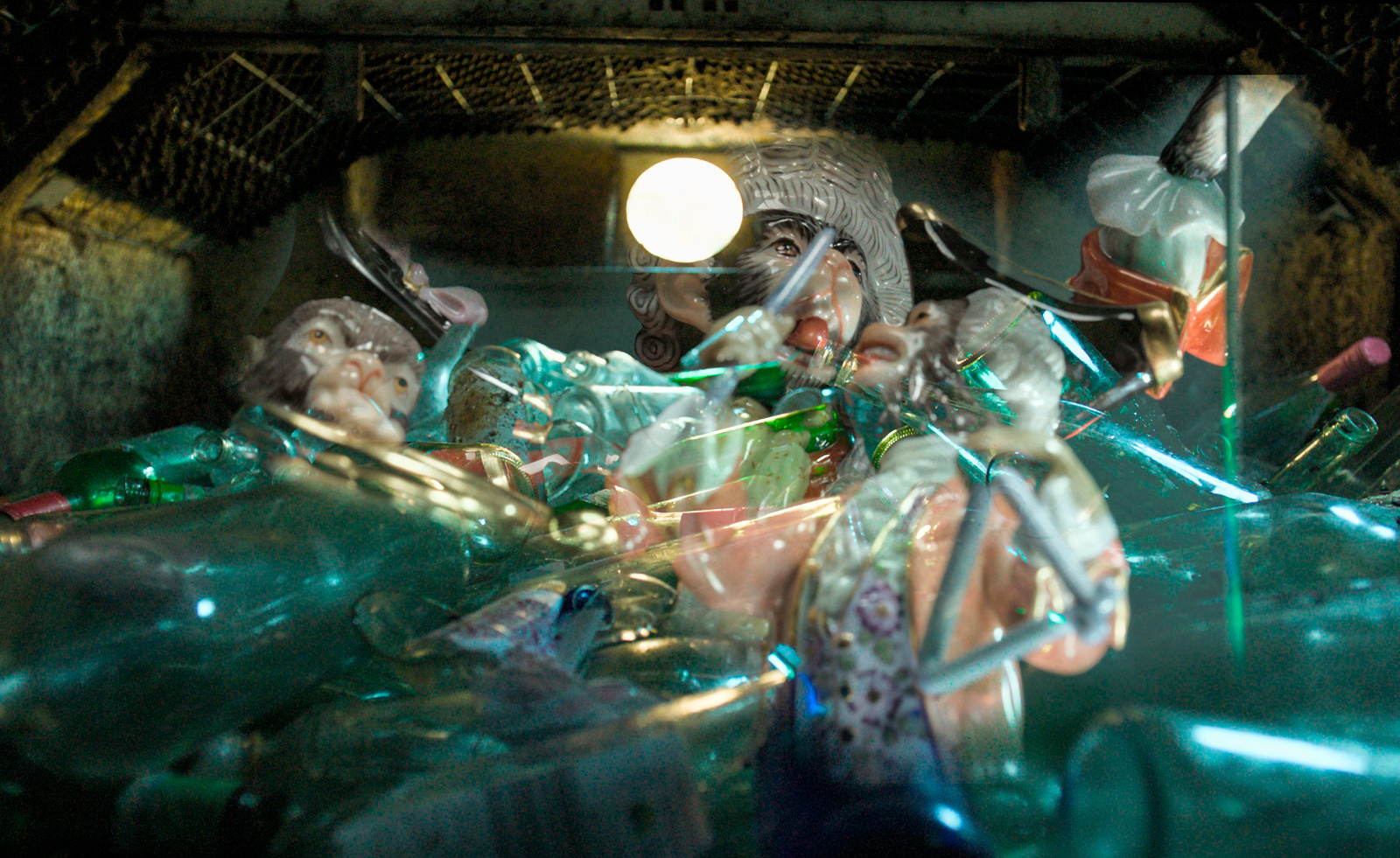 Thrilling, demanding, grotesque and theatrical: what to see at Berlin Gallery Weekend
Thrilling, demanding, grotesque and theatrical: what to see at Berlin Gallery WeekendBerlin Gallery Weekend is back for 2025, and with over 50 galleries taking part, there's lots to see
-
 Take a rare chance to see the astonishing Ringier Collection of artworks in Düsseldorf
Take a rare chance to see the astonishing Ringier Collection of artworks in DüsseldorfFrom Barbara Kruger to Sylvie Fleury: publishing mogul Michael Ringier opens his private art collection to the public, sharing 500 works, and tells us what makes great art
-
 MK&G’s ‘Glitter’ exhibition: a brilliant world-first tribute to sparkle and spectacle
MK&G’s ‘Glitter’ exhibition: a brilliant world-first tribute to sparkle and spectacleMK&G’s latest exhibition is a vibrant flurry of sparkles and glitter with a rippling Y2K undercurrent, proving that 'Glitter is so much more than you think it is'